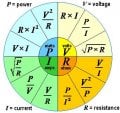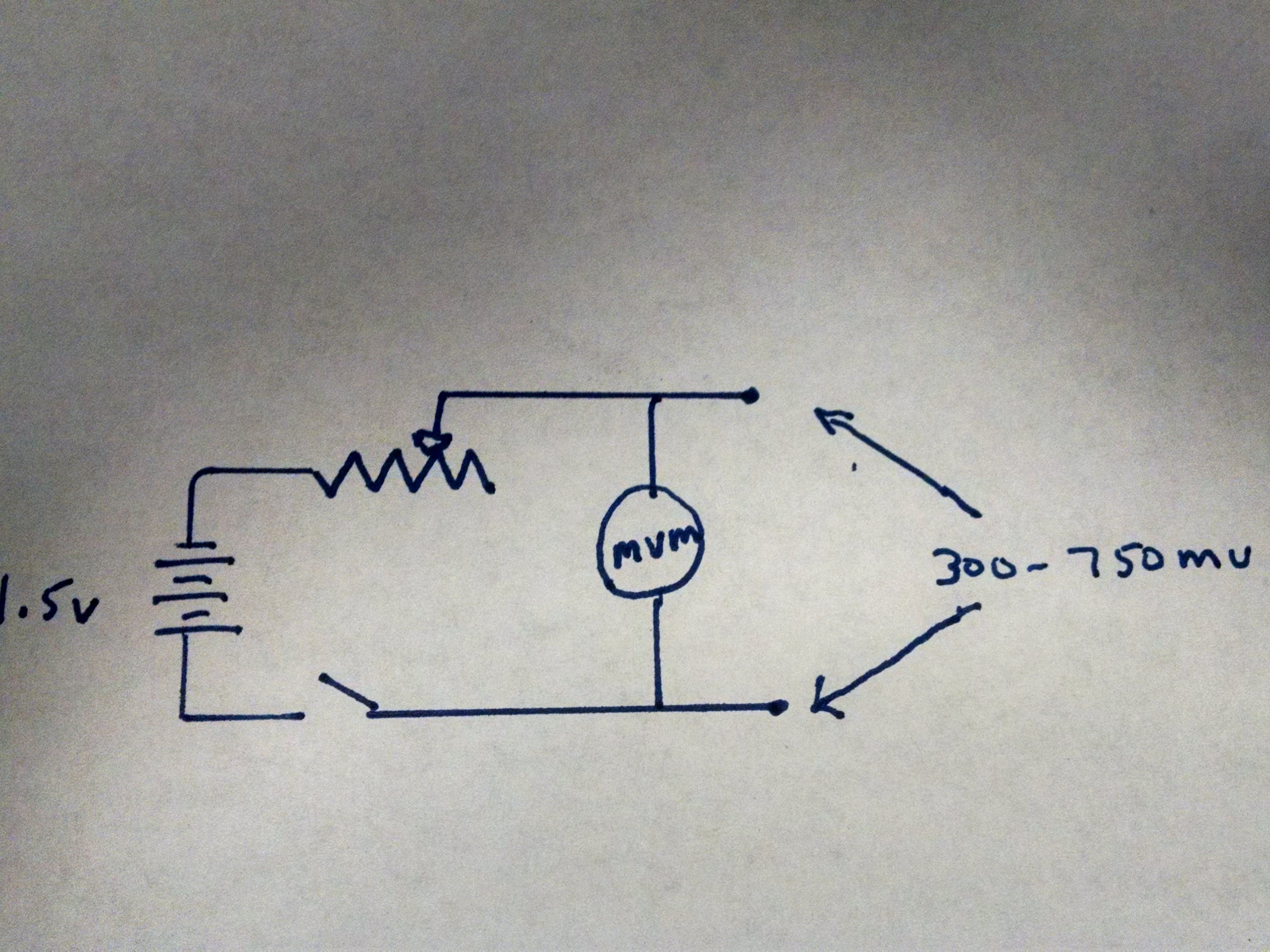I am trying to make a power supply for testing gas valves that use thermopile for energy. My concept was to use a 1.5v battery and reduce the voltage to approximately 500mv using a resistor. I think my problem is the amount of current being required by the gas valve coil.
Here is what i know : voltage = 500mv resistance for gas valve coil 1.5 - 3.5 ohms
I come up with 0.125 amps?? .5v x 2.5 ohms = .125 I know that is not right <GRIN> where did I go wrong??
Thanks
George
Here is what i know : voltage = 500mv resistance for gas valve coil 1.5 - 3.5 ohms
I come up with 0.125 amps?? .5v x 2.5 ohms = .125 I know that is not right <GRIN> where did I go wrong??
Thanks
George









